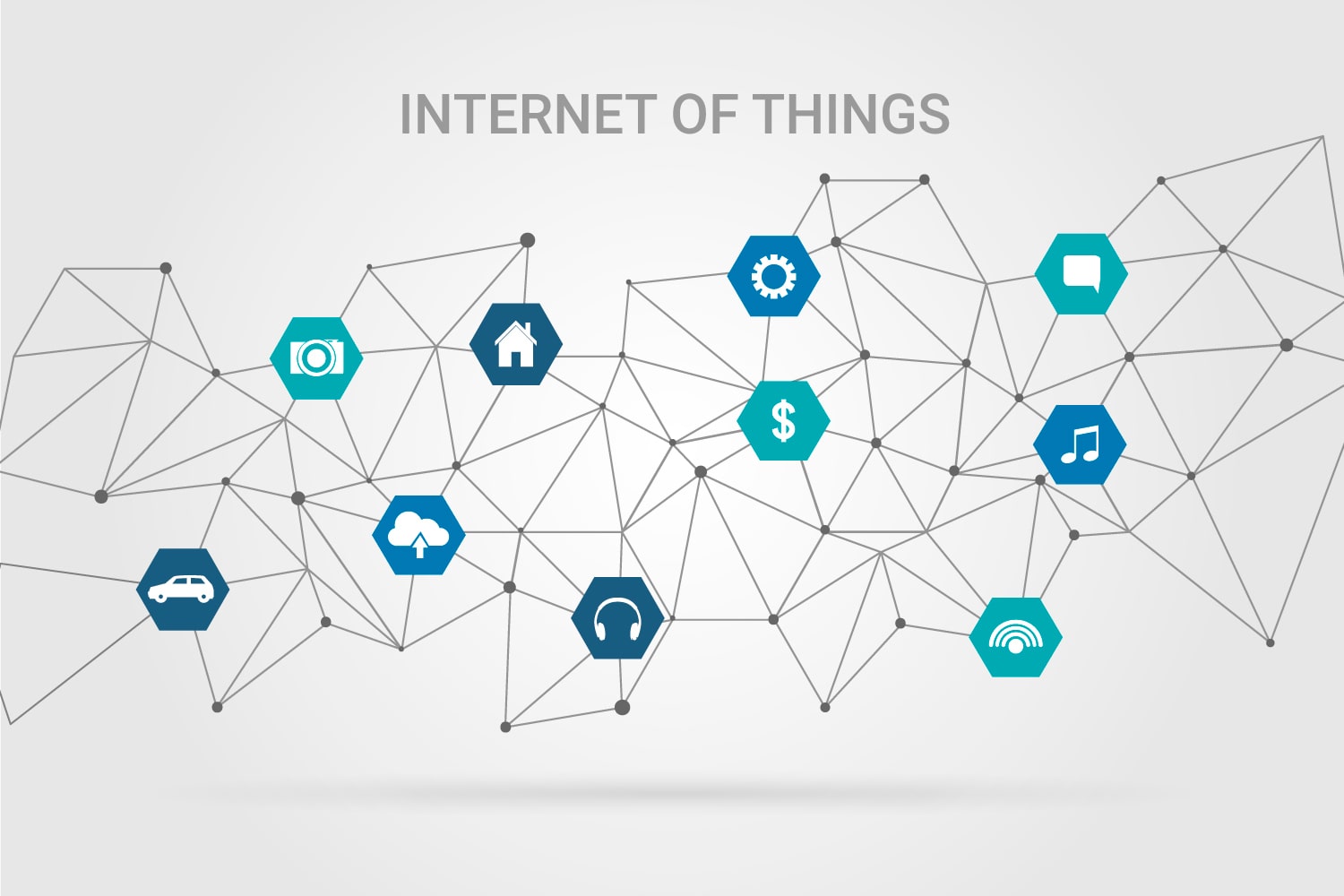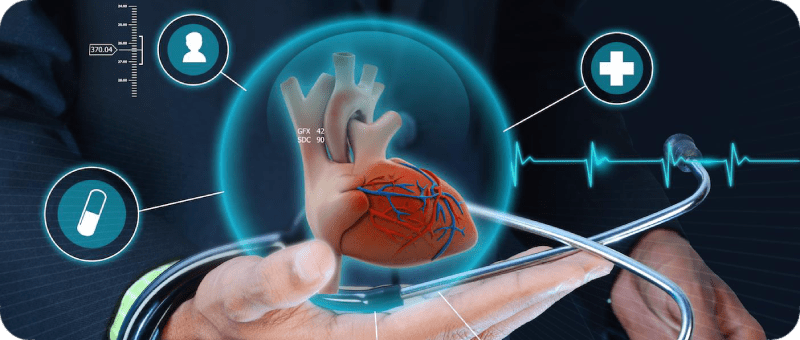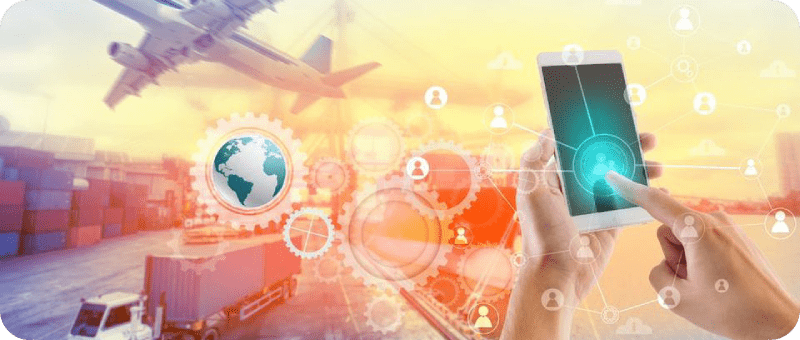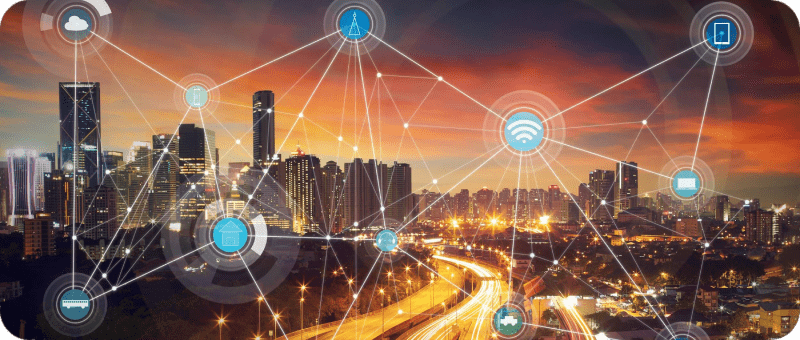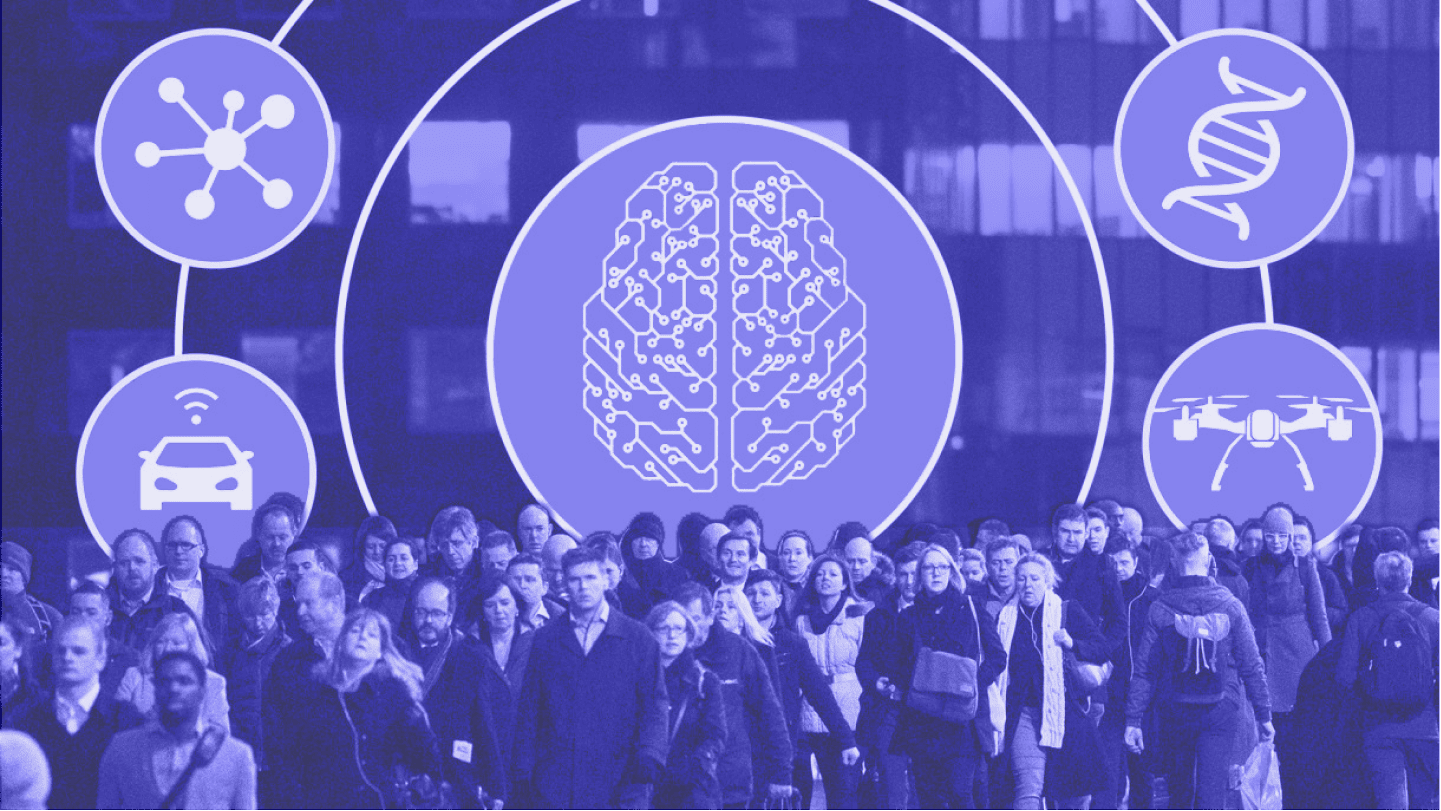The concept of the Internet of things was predicted at the beginning of the 20th century by Nikola Tesla - a physicist predicted to radio waves the role of neurons of the “big brain” that controls all objects. And the instruments of his control should easily fit in your pocket. The idea of the great inventor was not science fiction, he simply understood what his contemporaries could not imagine.
The concept of the Internet of things is based on the principle of inter-machine communication: without human intervention, electronic devices “communicate” with each other. The Internet of things is automation but at a higher level.
This method of communication gives a serious advantage - the ability to integrate systems with each other, to build a "network of networks." This allows you to change the business models of industries and even the economy of entire countries.
Industrial IoT combines the concept of inter-machine communication, the use of BigData and proven technologies for the automation of production. The key idea of IIoT is the superiority of the “smart” machine over humans in the accurate, continuous and error-free collection of information. The Internet of Things will increase the level of product quality control, build a lean and environmentally friendly production process, ensure reliable supplies of raw materials and optimize the operation of the factory conveyor.
-
IoT in Agriculture
More than half of tomato growers and a third of Israeli cotton growers use the system to monitor moisture, soil temperature, and other soil characteristics. The sensor, "assigned" to a single plant or a plot with crops, sends information to a cloud server, from where data is sent to the operator, displaying the state of the seedling and recommendations for improving its fruitful properties.
In the United States, an interesting symbiosis of such a field of agricultural technology as fertilizer fields and IoT was formed. The farmer equipped the tractor-sprayers servicing the land within a radius of 121 kilometers from the station with a solution based on wireless technologies. The driver-operator of the pumping unit remotely monitors and distributes the supply of organic fertilizers to the fields, and the owner controls the flow from the screen of his smartphone.
-
IoT in Medicine
A good example of IoT is various mobile healthcare applications. They can calculate the rate of fat burning, the number of steps or predict the level of insulin.
Very soon, hospital beds will be able to read the patient’s parameters and send them directly to nurses. The Internet of Things is certainly revolutionizing the healthcare industry.
-
IoT in Logistics and Transport
RFID tags simplify the tracking process: they connect to the cloud and send location data more often than when scanning. Researchers from the University of Auburn found that 96% of retailers who deliver goods to home plan to use RFID technology.
RFID tags can also be used in stock to track inventory and reduce unnecessary costs. The inventory accuracy is about 65%, while when using RFID, it is from 95% and higher.
One of the main requirements for the distribution warehouse is the ability to safely store products. Security is provided by alarm sensors and surveillance cameras that are connected to the IoT. In conjunction, these devices allow not only to detect thefts but how to prevent them.
-
IoT in Housing and Communal Services
In housing and communal services, IoT technologies are used in intelligent scheduling systems - “smart” metering devices. Meters connected to the Internet transmit readings to the “cloud”, and the dispatcher sees the consumption of water, electricity or gas in a separate house, quarter or in the whole city. This makes it possible, without looking into the apartments of the owners, in real-time, to have a complete picture of the consumption of resources, to remotely manage metering devices, and promptly invoice residents. Such an approach will allow changing the mechanism of resource accounting.
-
IoT in Factories
Factory owners have already realized the benefits of IoT in reducing costs and increasing the profitability of an industrial business. In the electric power industry and light industry, there is interest in using the Internet of things. Using IoT technologies, offshore wind turbine operators remotely monitor the wear of rotors and turbines and monitor their performance. Due to timely service, the risk of stopping “windmills” is minimized and there is no need to send brigades to remote offshore platforms.
In the near future, the business will become the first and main consumer of IoT technologies. Corporate executives see the Internet of Things primarily as a tool to reduce costs and increase productivity. Entrepreneurs want to use an innovative concept to enter new markets and expand their product range through the use of connected devices.

